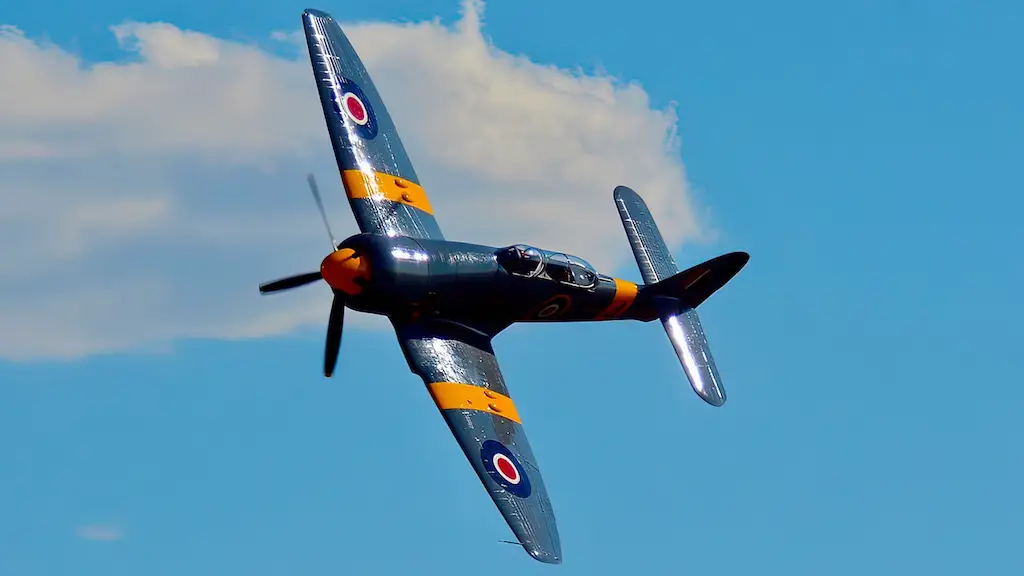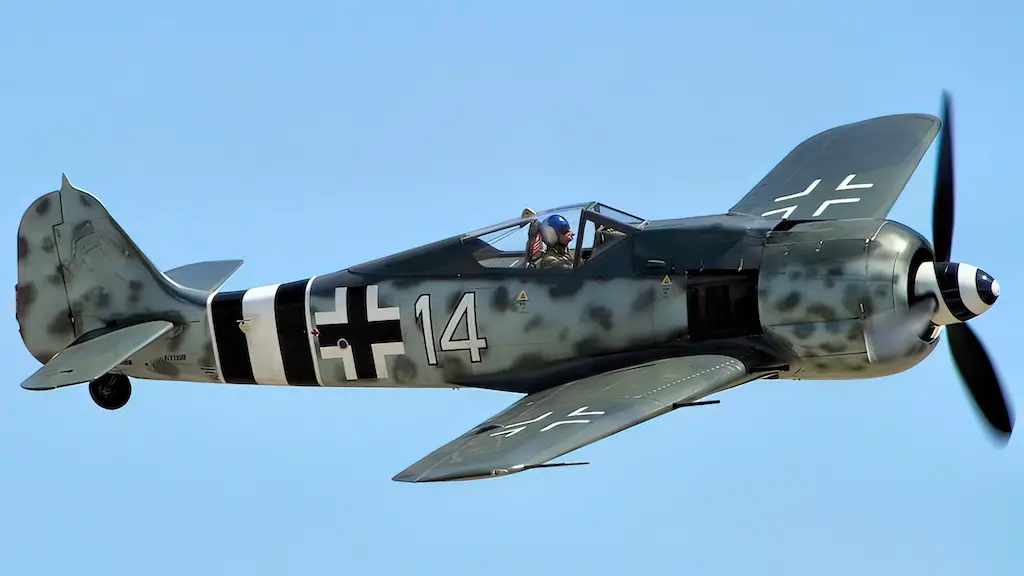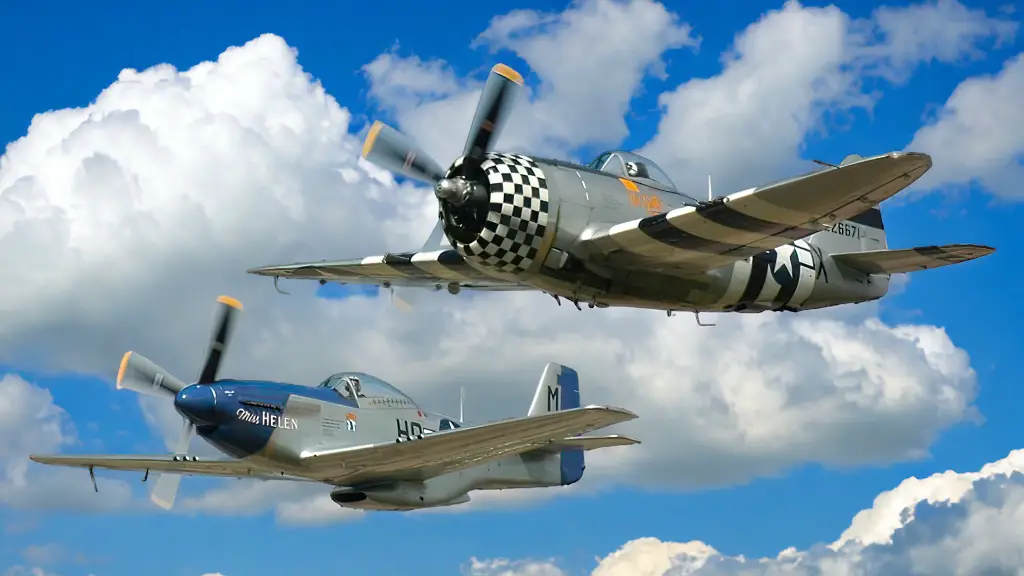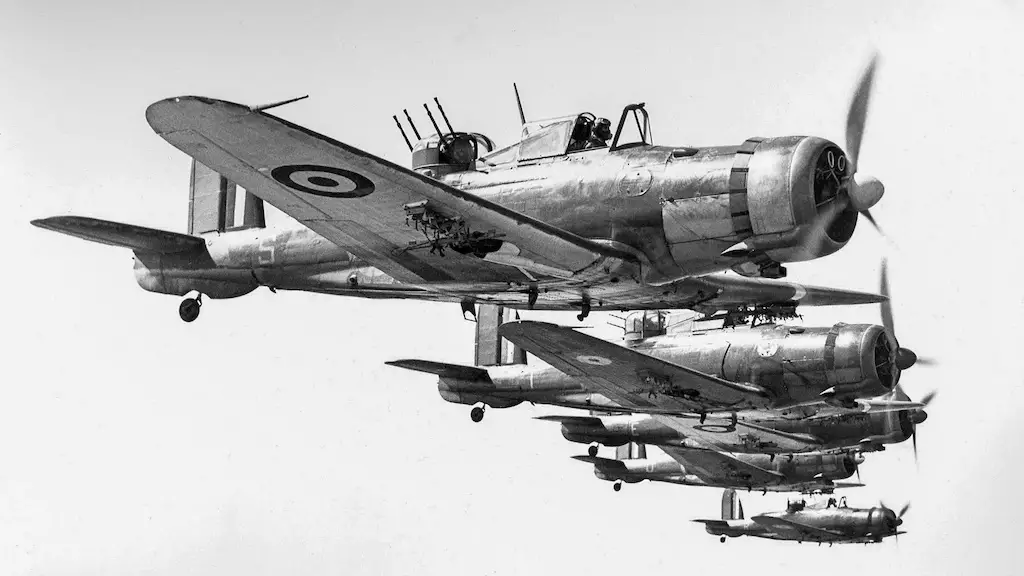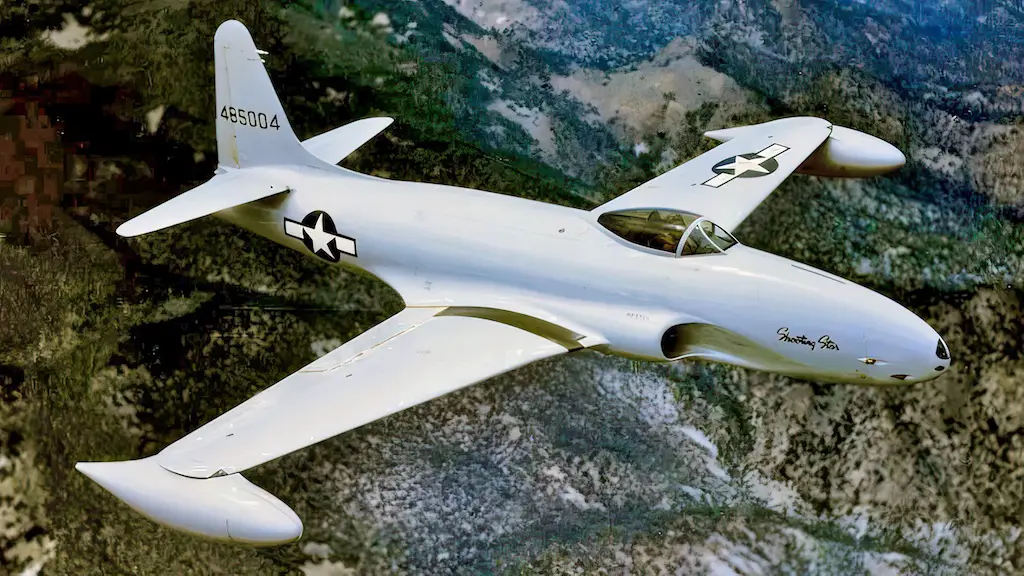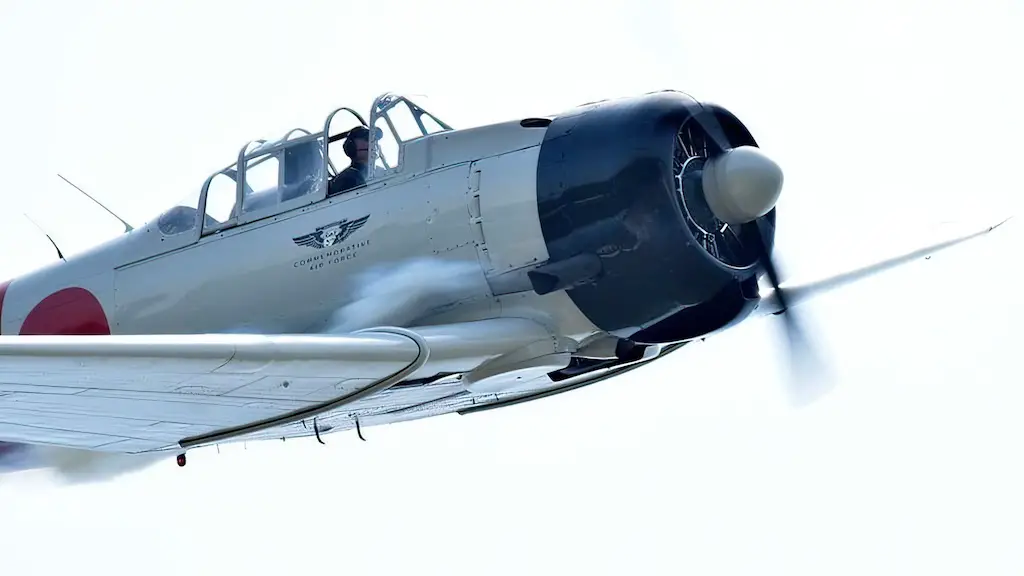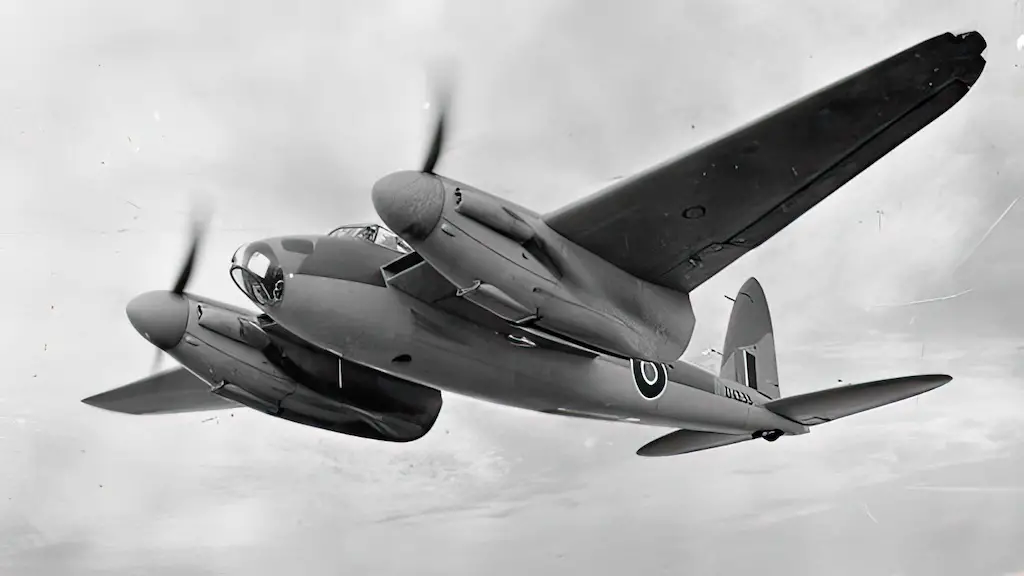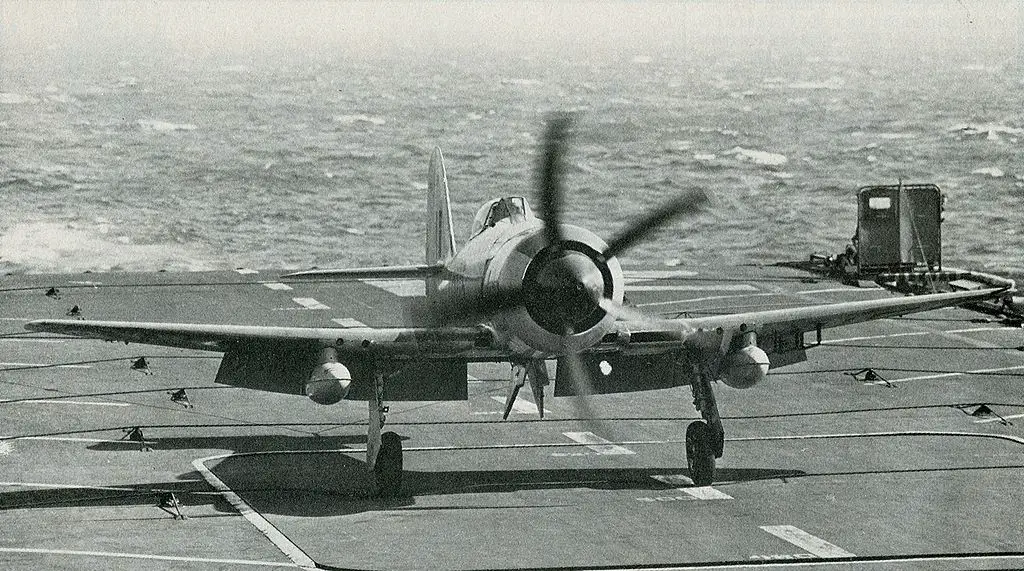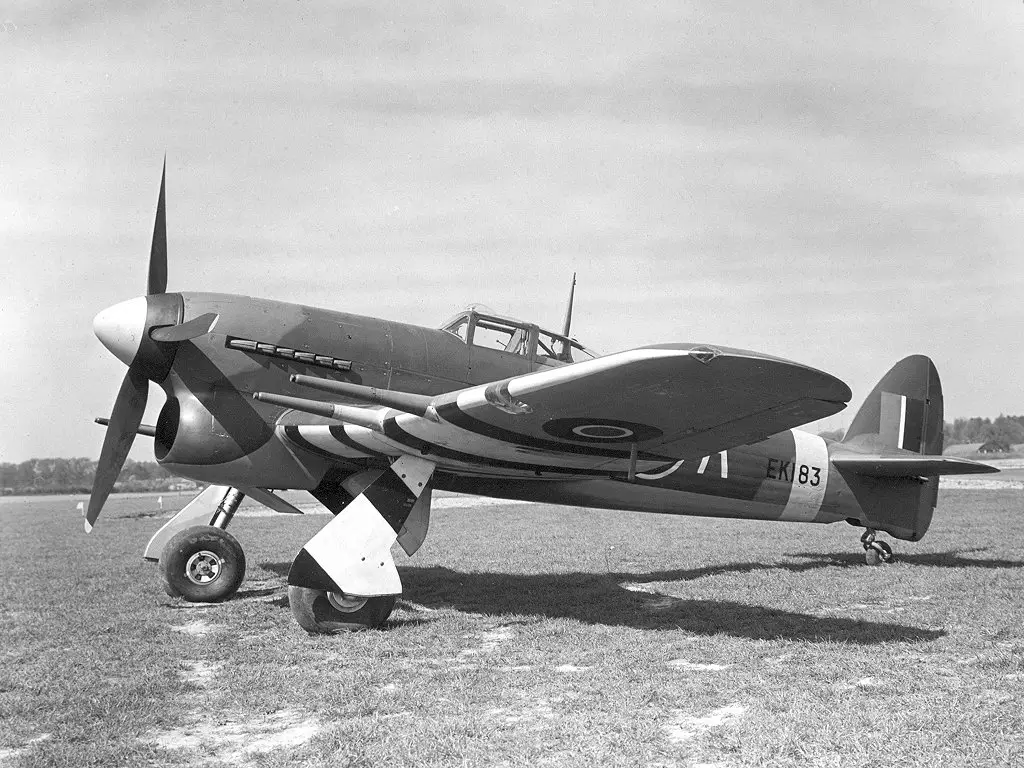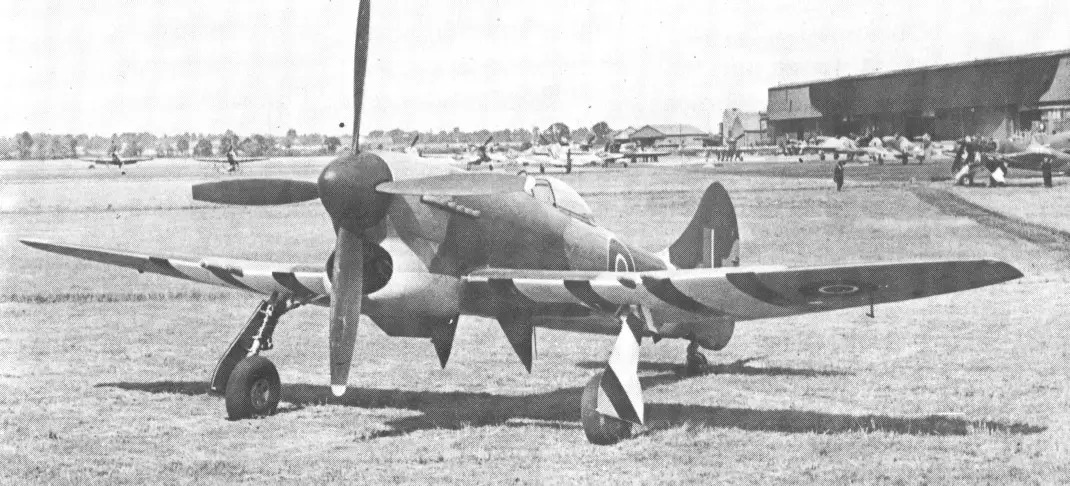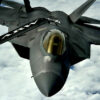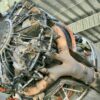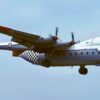The Last Roar of Propeller Dominance
The jet age introduced a slew of advanced aircraft, propelling the aviation world into new frontiers. Yet, amidst the crescendo of jet engines, the Hawker Sea Fury carved its own niche. It was a top-of-the-line prop fighter, but its arrival was tragically timed with the onset of faster and more versatile jet fighters. As a result, this sophisticated machine saw limited production but left an indelible mark on aviation history.
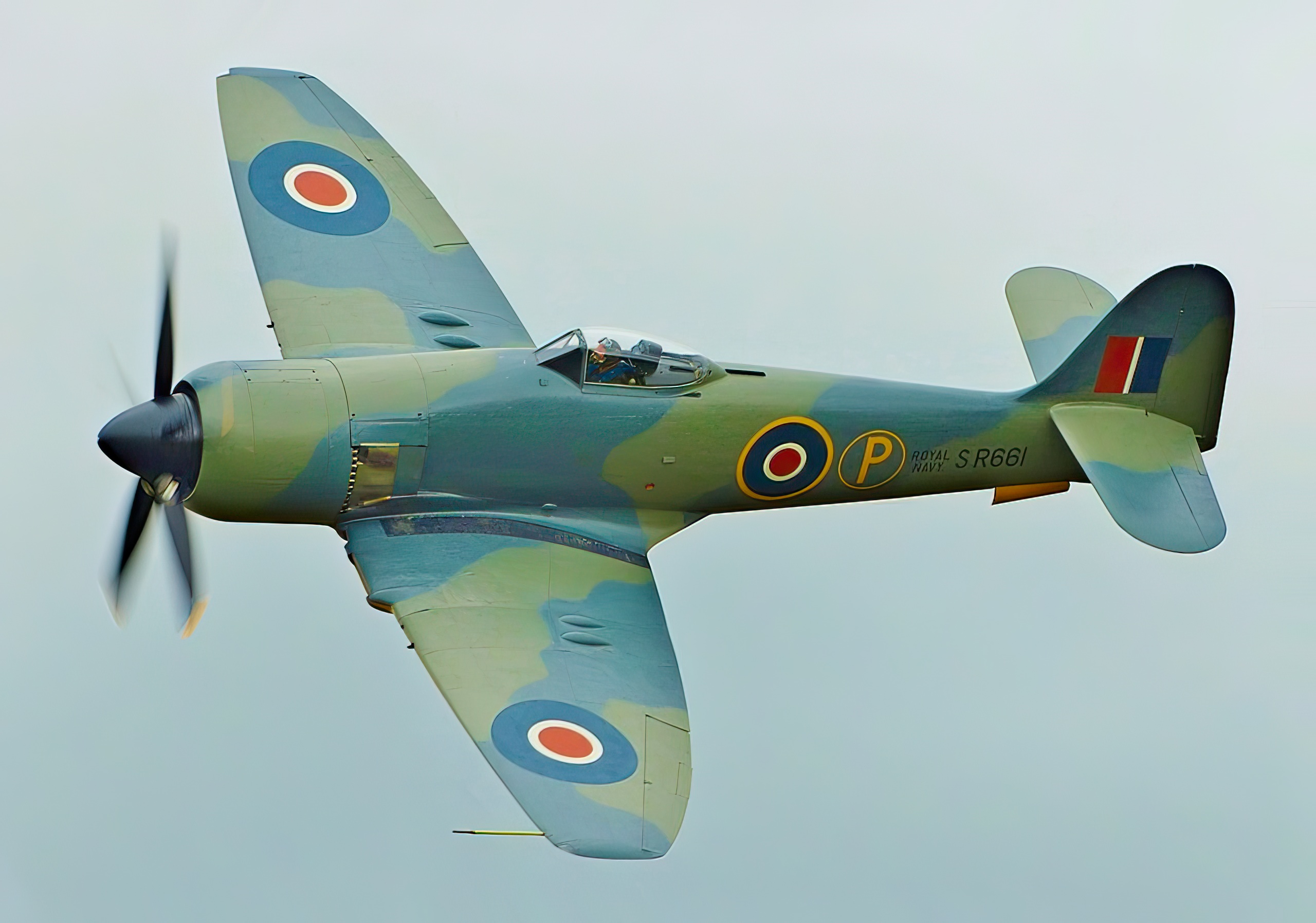
Birth of a Beast
The Hawker Sea Fury didn’t spring out of the blue. Its development was a response to the need for a robust naval fighter during the latter stages of World War II. Built on the lineage of the renowned Hawker Typhoon and Tempest, the Sea Fury underwent several design refinements. Its evolution was marked by a series of trials and adjustments, each honing its abilities to be one of the finest prop-driven fighters of its era. And while it was late to the war-party, its role in post-war skirmishes and operations established its capability and reputation.
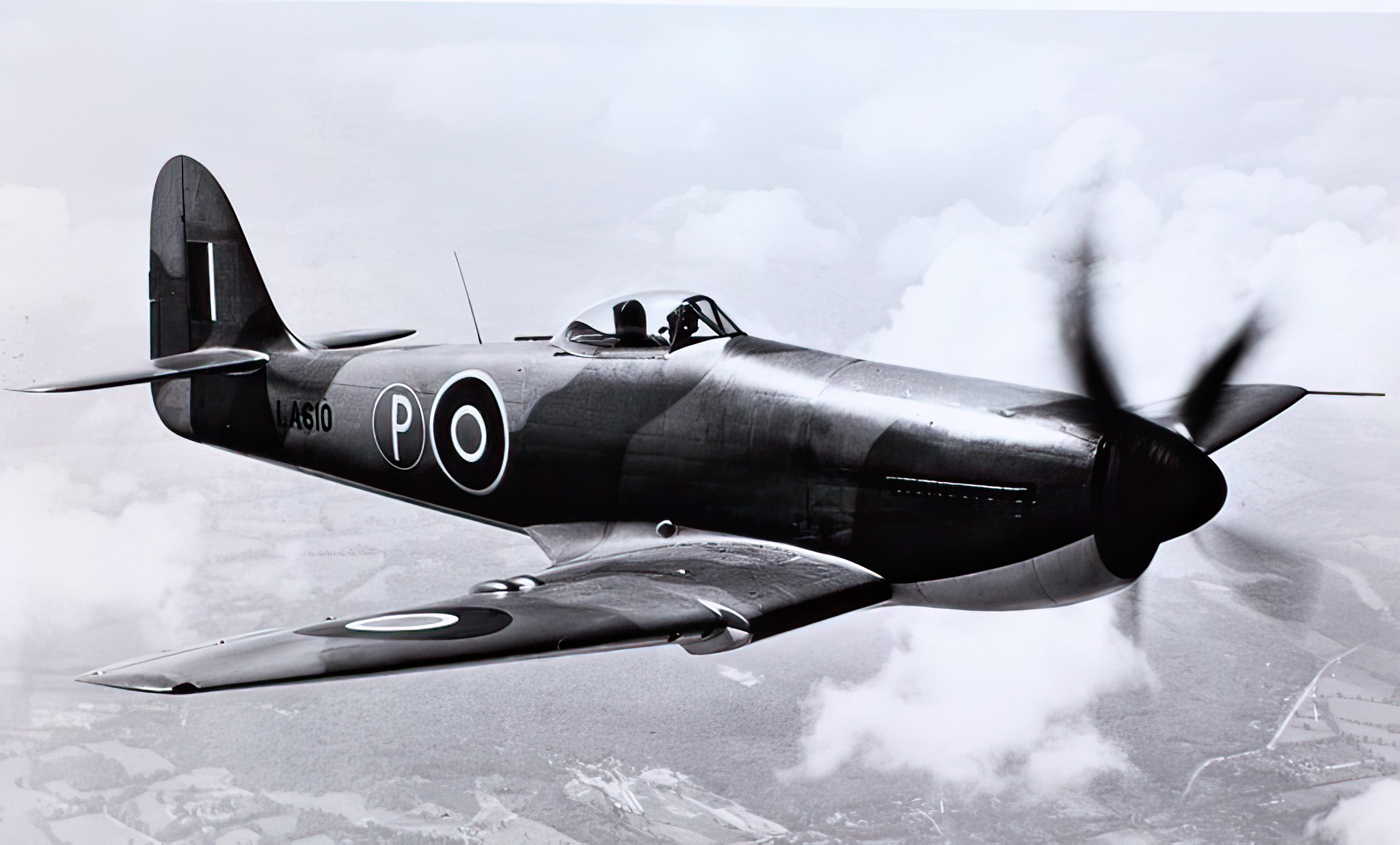
The Bristol Centaurus 18 Engine
The power behind the Sea Fury’s impressive stats was the Bristol Centaurus 18, an 18-cylinder radial piston engine. Delivering a whopping 2,480 hp for take-off, this engine played a pivotal role in the aircraft’s performance. The engine, paired with a 5-bladed constant-speed propeller, granted the Sea Fury its agility, speed, and power. When other fighters were making the transition to jets, the Centaurus 18 ensured that the Sea Fury could hold its ground against its newer counterparts, at least for a while.
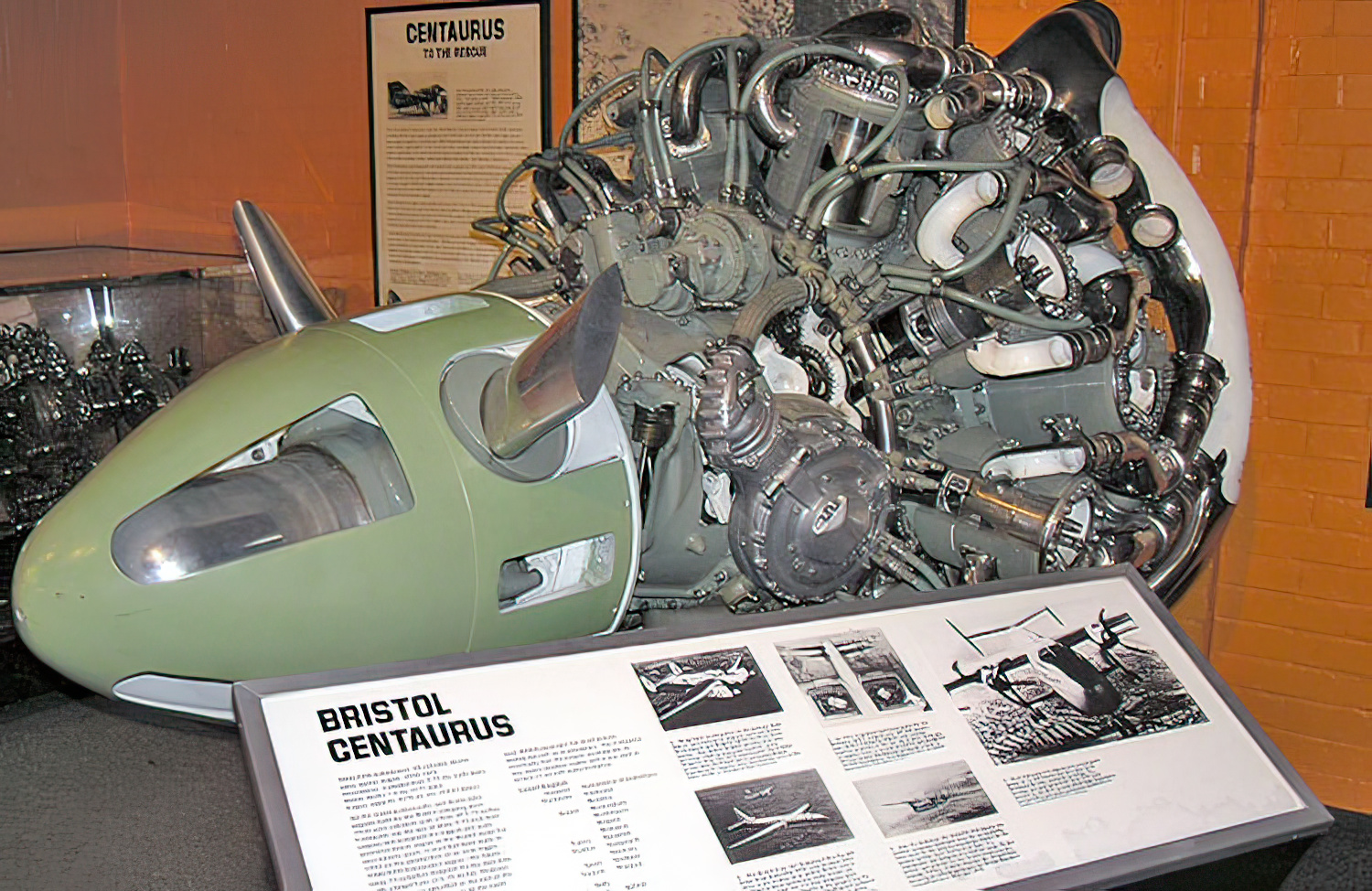
In the Air
With a top speed of 460 mph at 18,000 feet and a climbing rate of 4,320 ft/min its flight characteristics were a blend of power, agility, and endurance. Notably, it could engage with jet-powered foes, making it an effective combat machine even in the evolving battlefield of the skies. Its impressive range and service ceiling further added to its list of virtues, making it an asset in various operations.
Armed and Formidable
A fighter is only as good as its armament, and the Sea Fury was exceptionally equipped. Sporting 4 x 20 mm Hispano Mk V autocannons, it could unleash a hail of destructive firepower. With a capacity to carry up to 16 x 3-inch rockets and 2,000 lb of bombs, the Sea Fury was versatile, able to take on both air and ground targets with precision and potency.
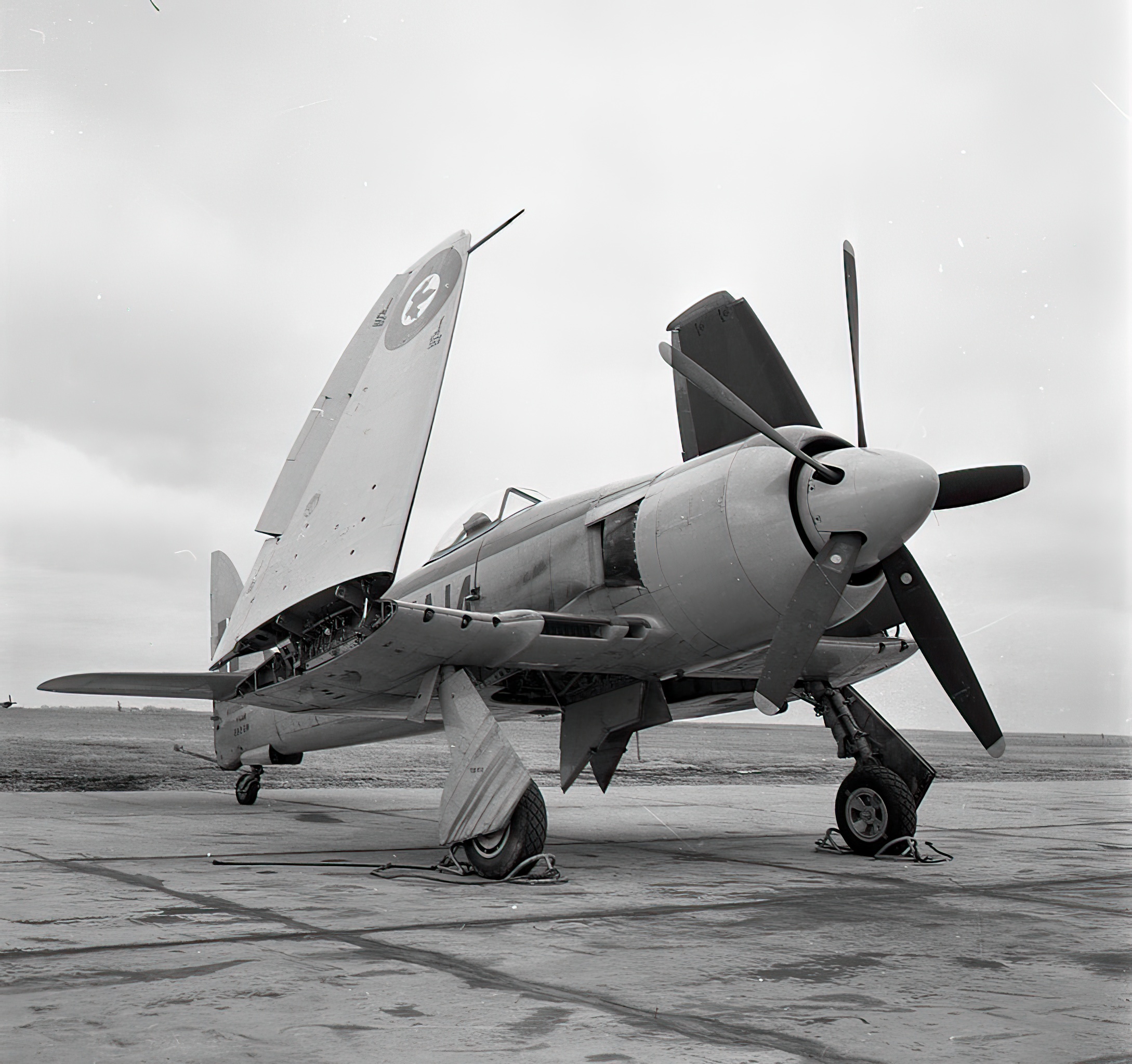
A Graceful Exit
As jet technology advanced, the days of prop fighters like the Sea Fury were numbered. Though it had the performance, agility, and firepower to match many early jets, the relentless march of technology meant that it would eventually be overshadowed. However, its retirement wasn’t a tale of a forgotten relic but of a machine that had served its purpose and done so with distinction. Today, the Hawker Sea Fury stands as a testament to an era when propeller-driven fighters reached their zenith, just as the dawn of the jet age began.

